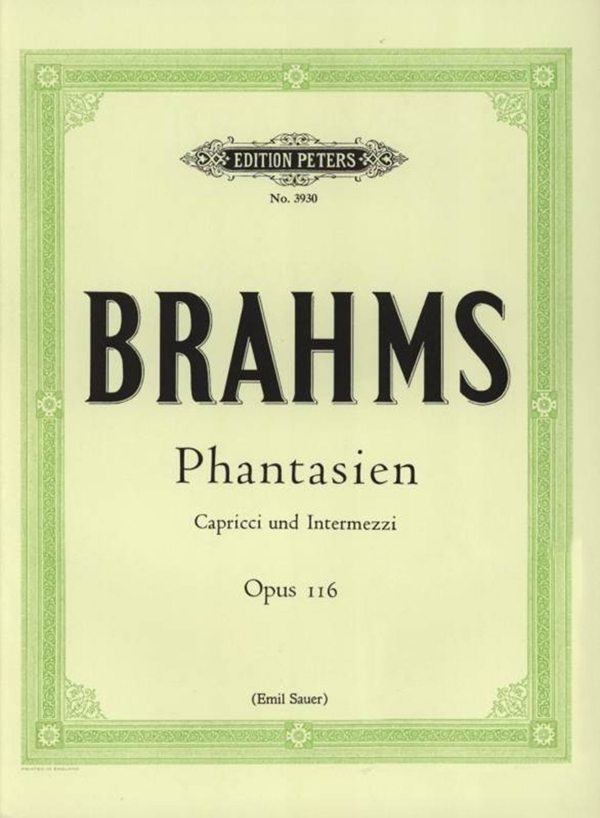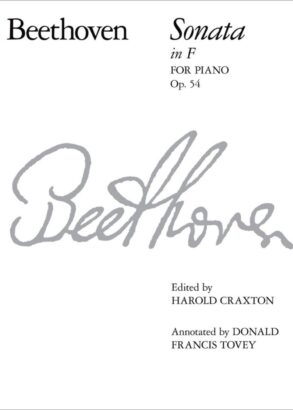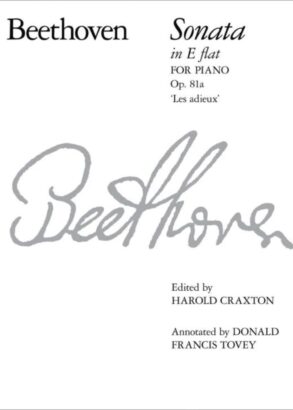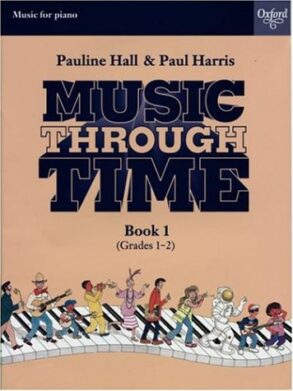Brahms | Fantasies (Capriccios and Intermezzi), Op. 116 (Piano)
€11.40
Brahms | Fantasies (Capriccios and Intermezzi), Op. 116 (Piano)
Out of stock
As a pianist, Johannes Brahms made his mark early, and by the age of 20 he had composed three great sonatas for the instrument. Given his own keyboard prowess, it is remarkable that he never returned to the solo piano sonata genre. Instead, sets of variations occupied his attention in mid-career, while collections of short pieces – intermezzi, rhapsodies and capriccios – were the focus of his last works for solo piano.
His Fantasies, Op. 116 is comprised of seven pieces, three Capriccios (the stormier movements) and four Intermezzi (more introspective). The first Capriccio is a fiery movement characterized by cross-rhythms and dramatic contrast. The following A minor Intermezzo has a forlorn character with a circling middle section. The G minor Capriccio contrasts dramatic urgency and despair in the outer sections with an ecstatic outpouring in a middle section in Eb major. The fourth, fifth and sixth movements (all intermezzi) are all centred in the key of E (major – minor – major) and form a unit within the set. The fourth is surely one of Brahms’ most touching and personal utterances; the fifth explores strange harmonic and emotional territory in something that resembles a melancholic lullaby; and the sixth is a hymn-like movement whose middle section in G sharp minor is filled with regret. The final piece (a Capriccio) in D minor is an agitated movement whose middle section explores unusual textures, cross-rhythms and displacements of metre. The piece reaches a frenzied climax, only at the very end finally triumphing by ending in the major key.
You may also like…

Need Help Choosing?
Get in touch with a member of our team
Contact a member of our dedicated customer service team, and we will be happy to help you choose the right instrument for your needs.
Or text “Waltons Callback” with a short description of your query and a member of staff will call you as soon as possible to assist.
Can’t Get Through? Please see our list of contact numbers below
Head Office: 01 8207425
Blanchardstown Store: 01 9603232
Online Sales, Customer Service & Product Queries:
Niall: 087 2267740
Fiona: 086 0284929










You must be logged in to post a review.